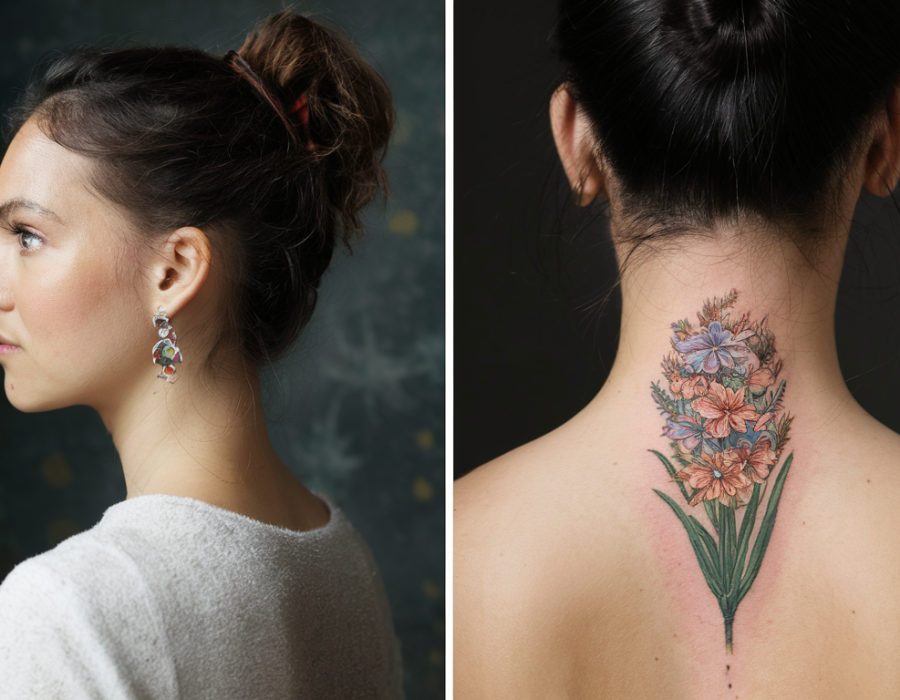Flower tattoos are popular for their beauty and symbolism. Flowers often carry deep meanings, representing concepts like love, life, and death. For example, roses symbolize love and passion, while lilies can signify purity and renewal. These meanings can vary between cultures, adding rich layers of significance to flower tattoos.
Historically, flower tattoos have been embraced by various cultures. In Japan, cherry blossoms represent the fleeting nature of life. In ancient Egypt, lotus flowers symbolized rebirth. Today, many people choose flower tattoos to connect with these historical and cultural symbols, expressing personal beliefs and values through their ink.
Who Chooses Flower Tattoos and Why
People from diverse backgrounds are drawn to flower tattoos. They appeal to those who appreciate nature's beauty and wish to carry a piece of it on their skin. Often, individuals choose specific flowers for their personal significance, such as a birth flower or a plant that holds a special memory.
Different Flower Tattoo Designs, Ideas, and Styles
Flower tattoos offer endless design possibilities. Some prefer realistic styles that capture every detail of a bloom, while others lean towards abstract or minimalist interpretations. Watercolor techniques can make flowers appear as though they are painted on the skin, adding a vibrant, artistic flair. Combining flowers with other elements, like animals or geometric shapes, creates unique, personalized designs.
Tattoo Artist Approach and Renowned Artists
Tattoo artists approach flower tattoos with a keen eye for detail and a deep understanding of floral anatomy. Skilled artists, such as David Allen and Pony Reinhardt, are known for their exceptional work in this genre. They blend artistic talent with technical precision to create stunning, lifelike flowers that stand out.
Choosing the right artist is crucial. Look for portfolios that showcase experience with floral designs. A good artist will discuss your ideas, offer suggestions, and ensure the final design aligns with your vision.
Placement and Aftercare of Flower Tattoos
Placement of flower tattoos can vary widely. Common areas include the arm, back, and thigh. Smaller designs might be placed on the wrist, ankle, or behind the ear. The location can affect the tattoo's longevity and visibility, so consider both aesthetic and practical aspects when choosing a spot.
Aftercare is vital to maintain the beauty of a flower tattoo. Keep the area clean and moisturized, and avoid direct sunlight while healing. Follow the artist's instructions closely to prevent infections and ensure vibrant, lasting color.
In conclusion, flower tattoos are a versatile and meaningful choice, rich with cultural significance and personal symbolism. Whether you opt for a delicate daisy or a bold peony, these designs offer a beautiful way to express individuality and connect with nature's timeless elegance.





Comments